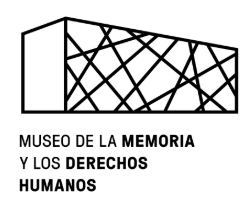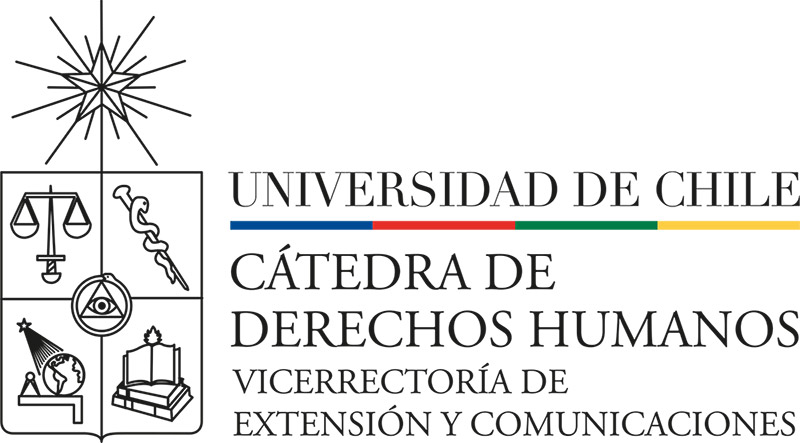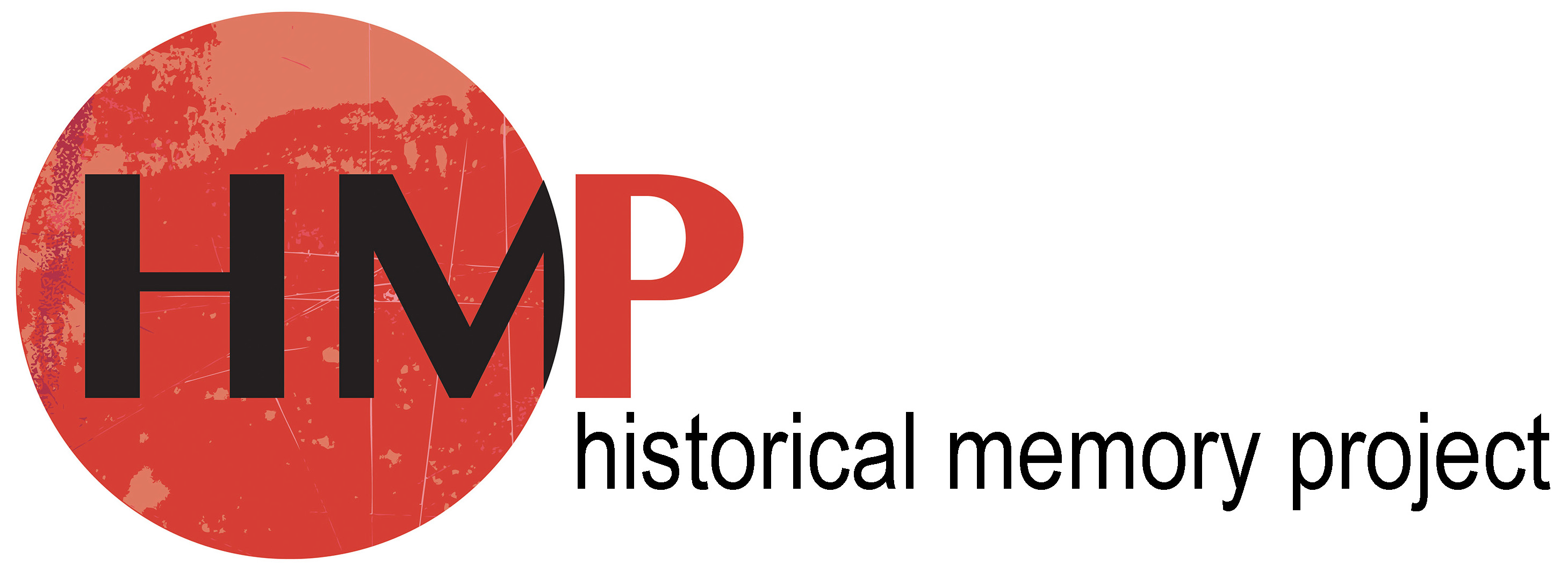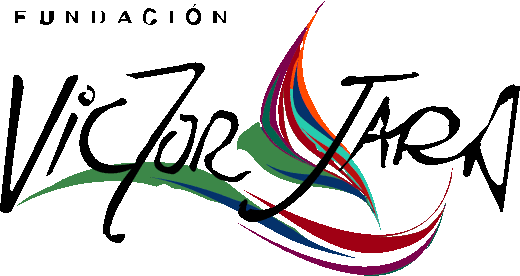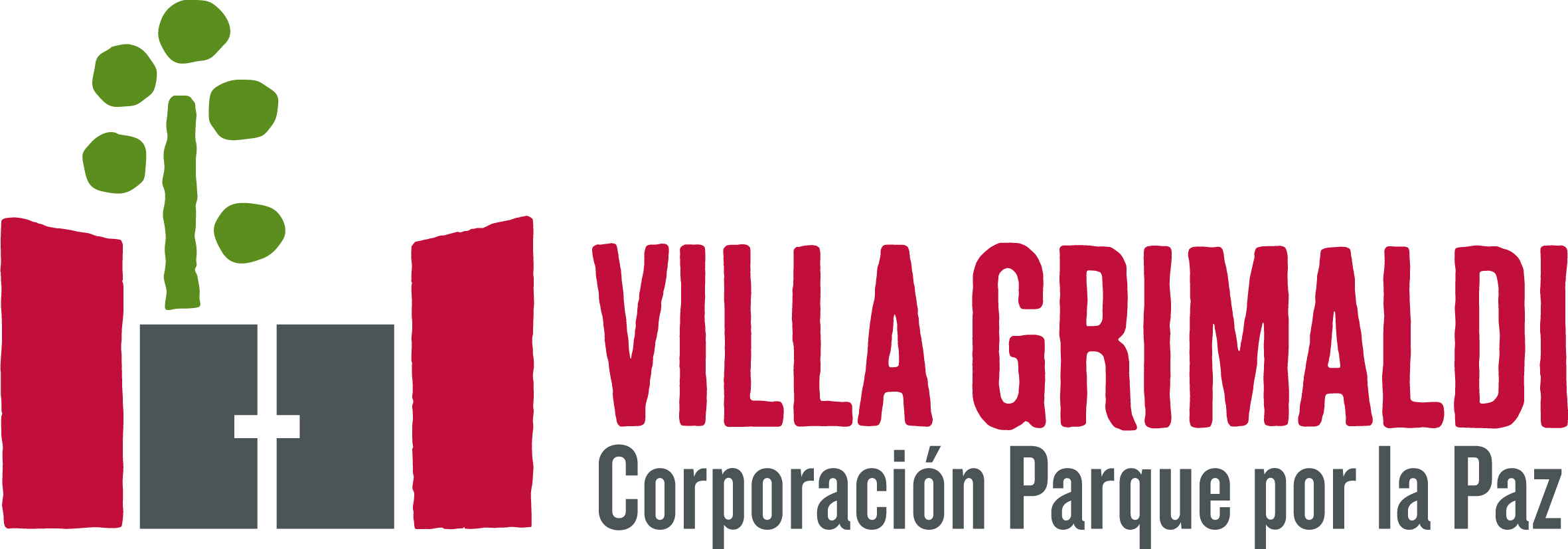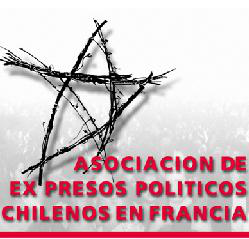 Cantos Cautivos
Cantos Cautivos
103 results where found for «Cómo hacer para darte una idea»
Music piece by:
Roberto Cantoral
Testimony by:
Ana María Arenas
Experience in:
Calle Irán Nº 3037 / Venda Sexy / La Discotheque, December 1974
Tags:
The Dance of Those Left Behind (El baile de los que sobran)
Music piece by:
Los Prisioneros
Testimony by:
Eduardo Andrés Arancibia Ortiz
Experience in:
Cárcel de Santiago, 1986
Tags:
Under my Skin (A flor de piel)
Music piece by:
Julio Iglesias
Testimony by:
Carmen Espinoza Alegría
Experience in:
Colonia Dignidad, April 1975
Tags:
Under my Skin (A flor de piel)
Music piece by:
Julio Iglesias
Testimony by:
César Montiel
Experience in:
Colonia Dignidad, April 1975
Tags:
Saint Gregory’s Tonada (Tonada San Gregorio)
Music piece by:
Pedro Humire Loredo
Testimony by:
Pedro Humire Loredo
Experience in:
Tenencia de Carabineros Nueva España, Población San Gregorio, September 1973
Tags:
Music piece by:
Claudio Durán Pardo
Testimony by:
Claudio Durán Pardo
Experience in:
Campamento de Prisioneros, Tres Álamos, September - December 1975
Tags:
Music piece by:
Víctor Valencia Nieto
Testimony by:
Domingo Chávez Navarro
Experience in:
Campamento de Prisioneros Chacabuco, November 1973 - April 1974
Tags:
Music piece by:
Alfredo Zitarrosa
Testimony by:
Luis Cifuentes Seves
Experience in:
Campamento de Prisioneros Chacabuco, November – April 1974
Tags:
Music piece by:
José Luis Armenteros and Pablo Herrero, popularised by Nino Bravo.
Testimony by:
anonymous
Experience in:
Campamento de Prisioneros, Estadio Nacional, September - November 1973
Tags:
Song to the Pampa (Canto a la pampa)
Music piece by:
poem by Francisco Pezoa Astudillo set to music by Quilapayún
Testimony by:
Renato Alvarado Vidal
Experience in:
Campamento de Prisioneros Cuatro Álamos, February 1975
Tags:
